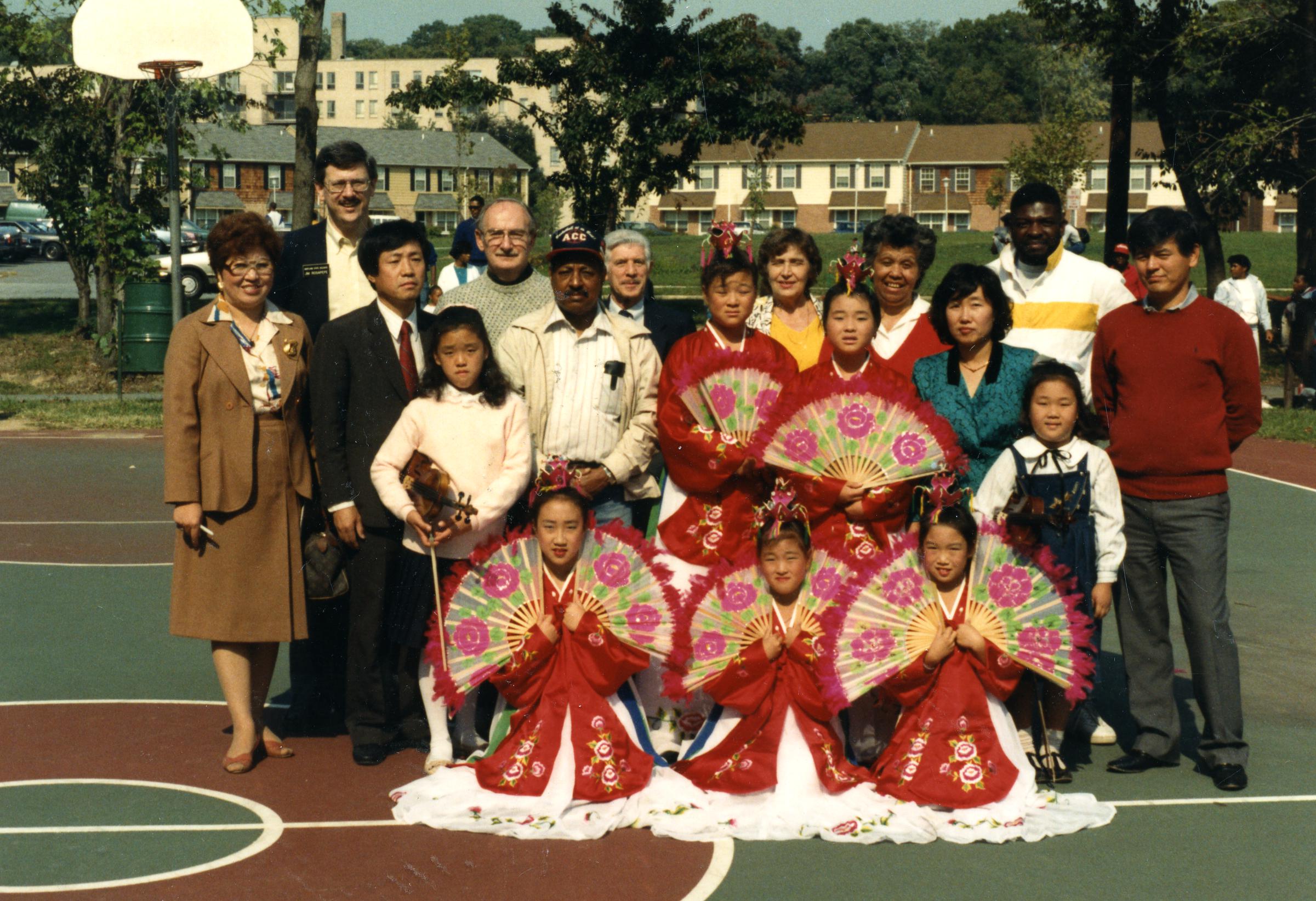
Performers
Dancers from St. Andrew Kim Catholic Mission Dedication Lakeland Park

Dancers from St. Andrew Kim Catholic Mission Dedication Lakeland Park


Photograph of Lake Artemesia Natural Area. The 38-acre park opened as a public facility in 1992. Located in what was once the eastern section of Lakeland (between the B&O railroad tracks--and now also the Washington Metrorail Green Line--and Berwyn Heights), it features aquatic gardens, fishing piers, and trails. The new Lake Artemesia is the product of builders dredging for gravel to elevate the rail bed that would carry commuter trains along Washington Metrorail's Green Line. Once the excavation was finished, the area was redeveloped and given to the local parks authority. The park stands on the former site of 30 Lakeland homes.

Mayor Reeves

At the end of the urban renewal process, Lakeland had its first park. Developed along the south side of Lakeland Road, it includes a pavilion, basketball and tennis courts, and a playground. There are trail links to Lake Artemesia, the Paint Branch Trail, and Anacostia trails. On opening day, July 30, 1983, participants came from all parts of the community to celebrate, including members of St. Andrew Kim Catholic Church, which had purchased the historic building that once housed Lakeland High School. Members of the church’s performance group posed with other event participants. In the rear are, from left to right, State Delegate James Rosapepe, Mayor Alvin Kushner, College Park City Councilmembers Joseph Page and Anna Owens, and event organizers Thelma Lomax and Michael Middleton.

8111 51st Street Page 1

Diamondback article

Ground ready for new development

by Mark Hass
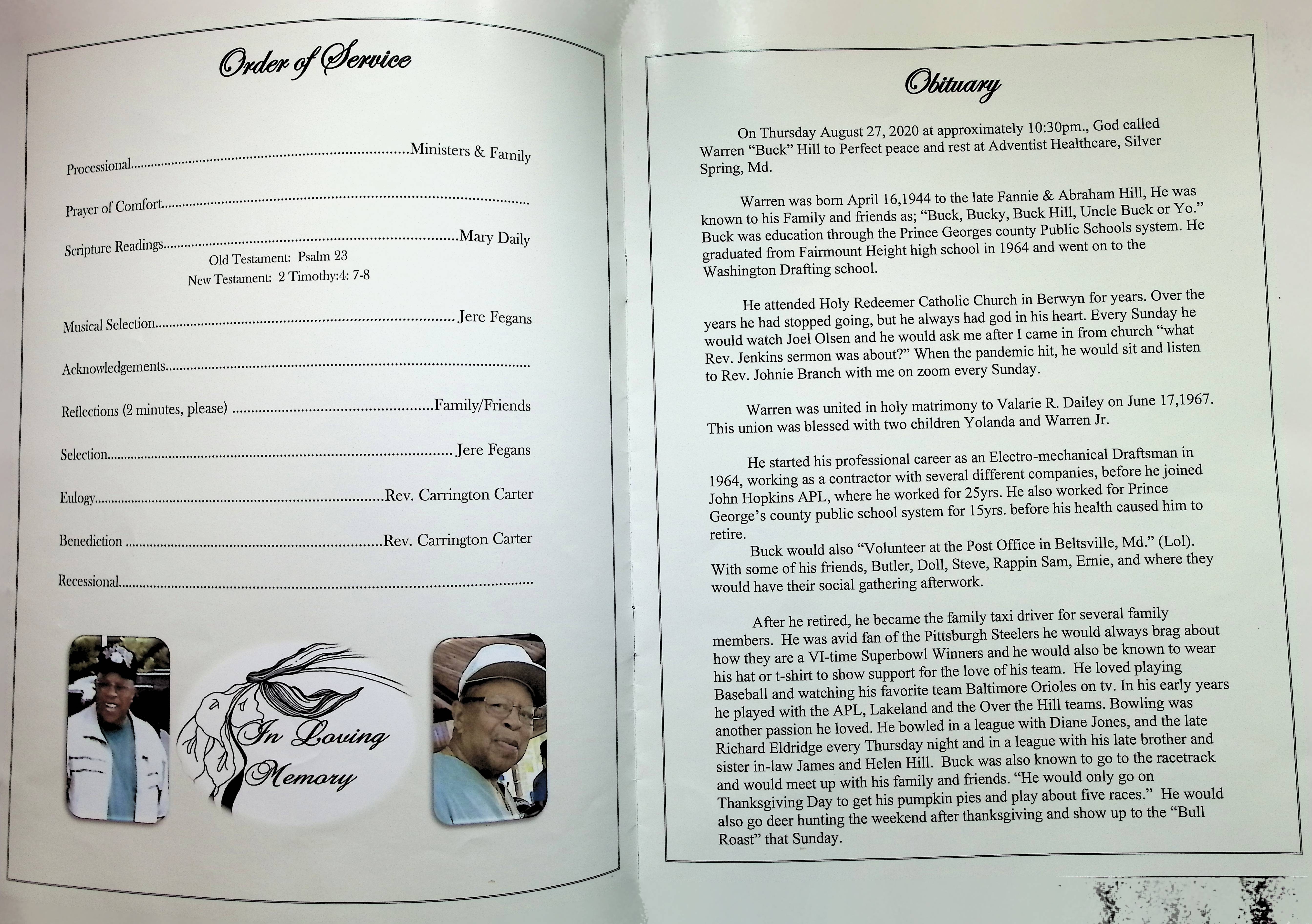
Groundbreaking for Spellman House apartments part of urban renewal redevelopment
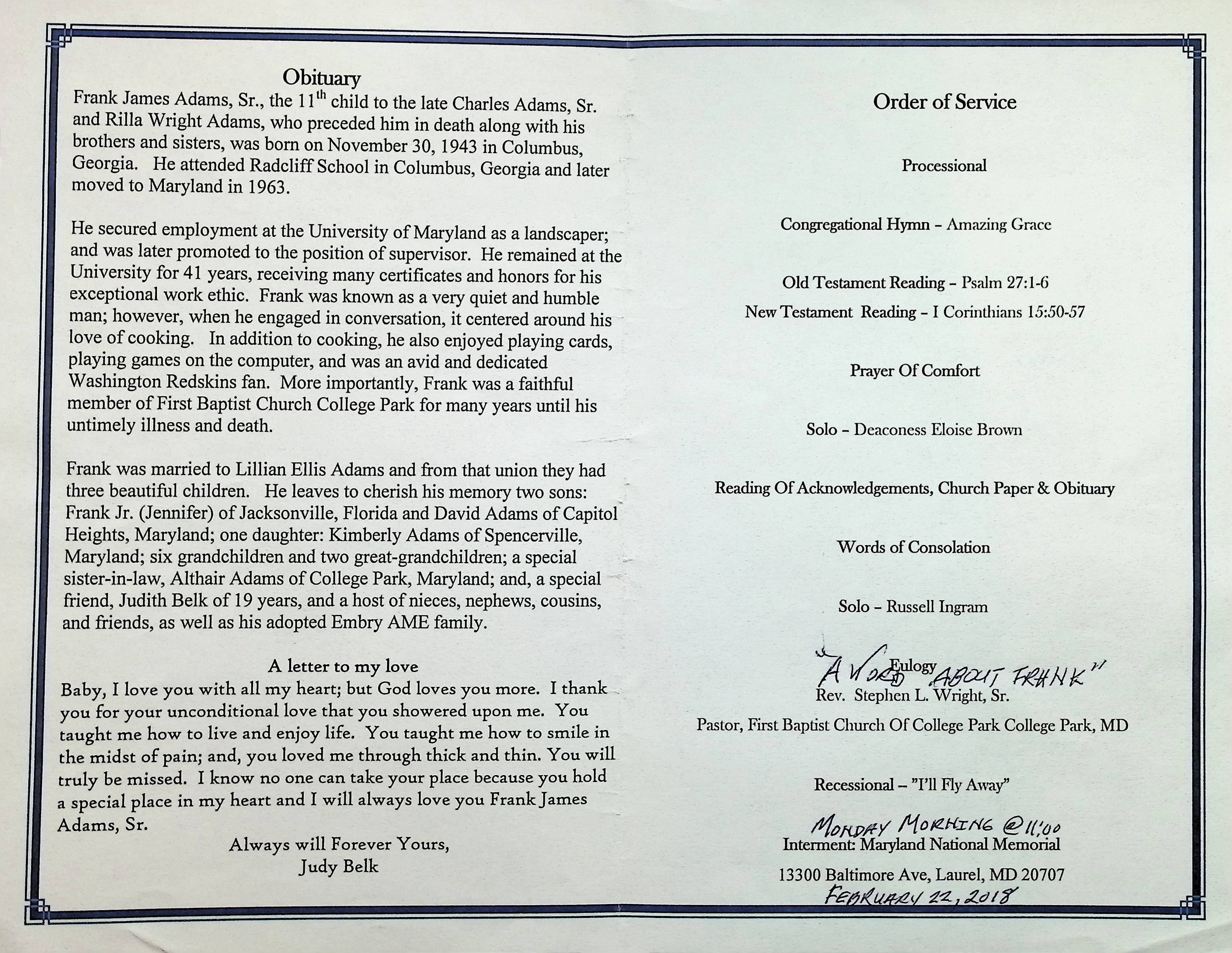
Stage with dignitaries

Berkley Apartments and Townhomes

Collection of park images. The area was once the eastern area of the Lakeland community

4908 Navahoe St Grace & Vardell Nesbitt Urban Renewal Parcel 20-5 Block 16 w45'. Lot 6
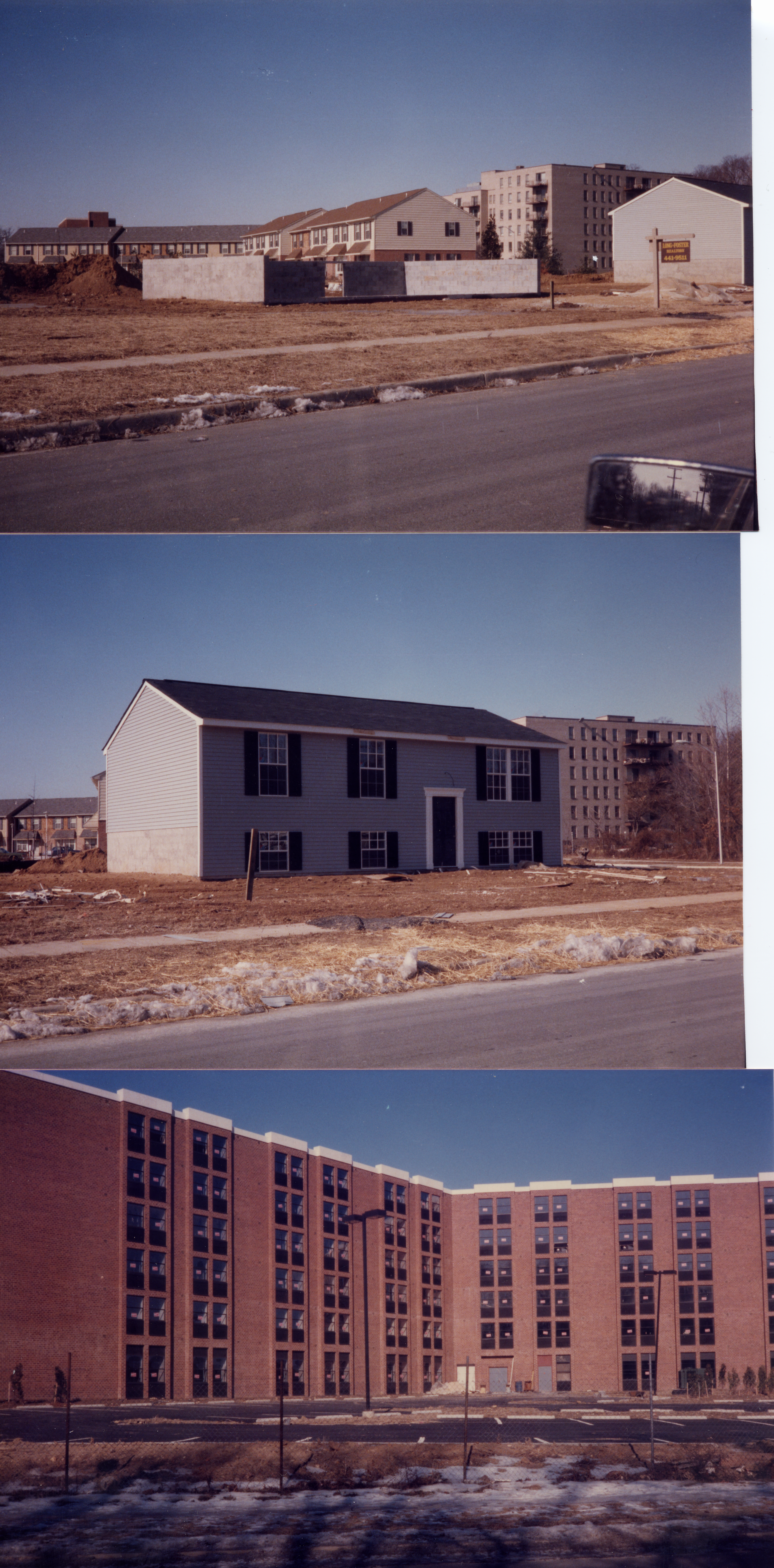
Three images of urban renewal redevelopment projects top in foreground are two of the 5 single family homes built during the urban renewal project. These are on Rhode Island Avenue. On the foreground is Alden/Berkley Townhomes. Image below is a closeup view of one of the 5 single family homes. Final image shows a new apartment building
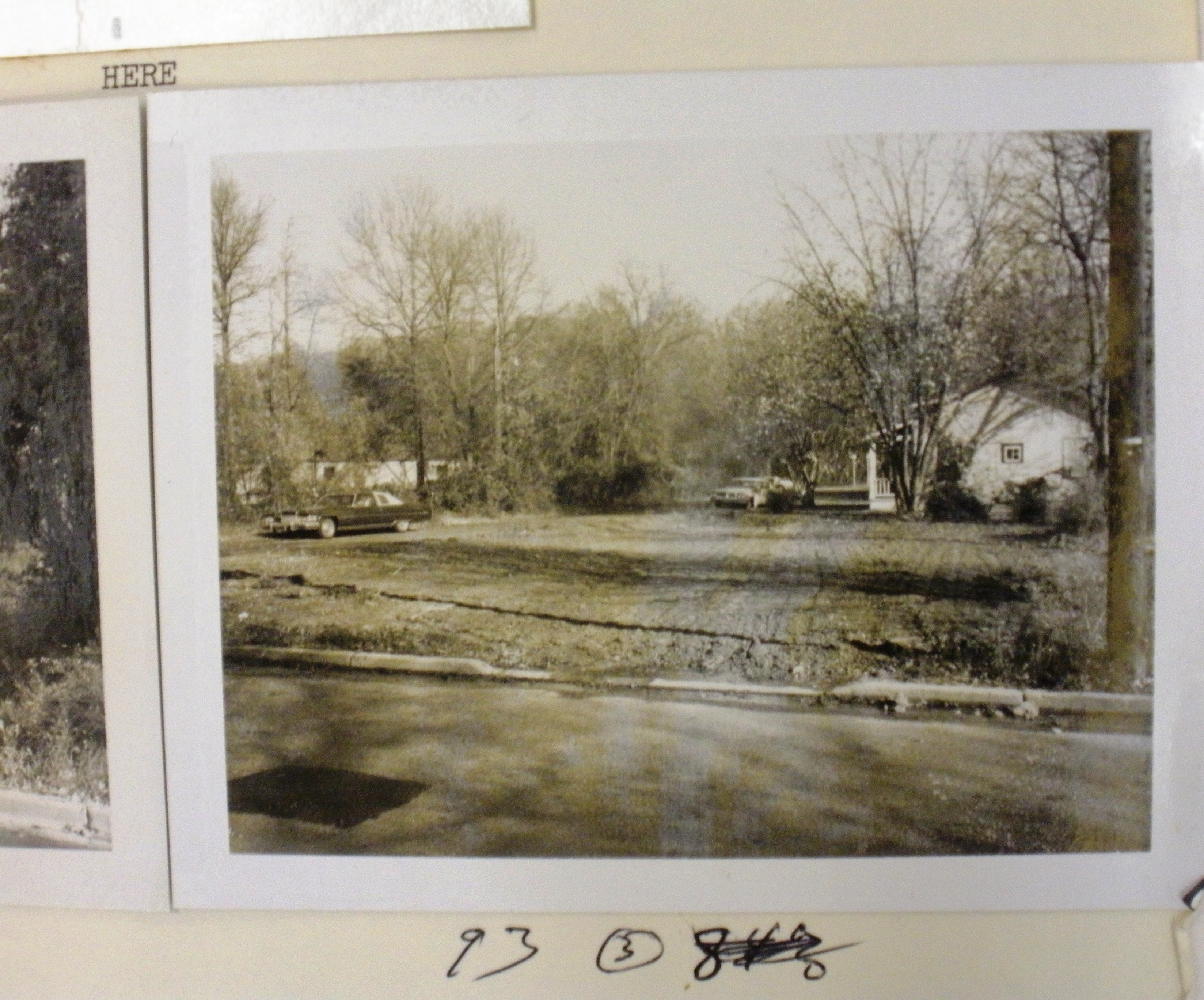
After demolition
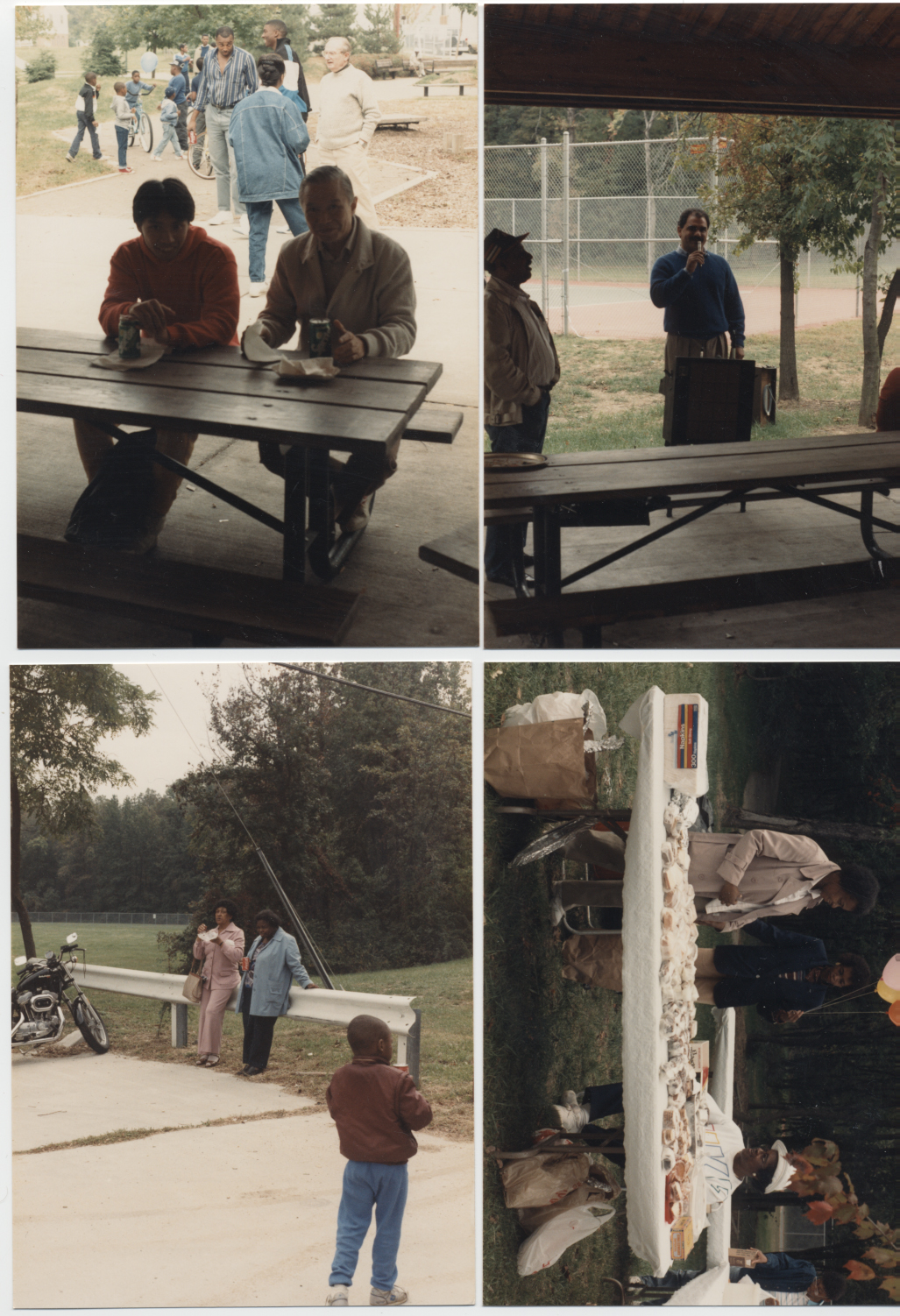
At Lakeland Park

Dignitaries at groundbreaking for Spellman House
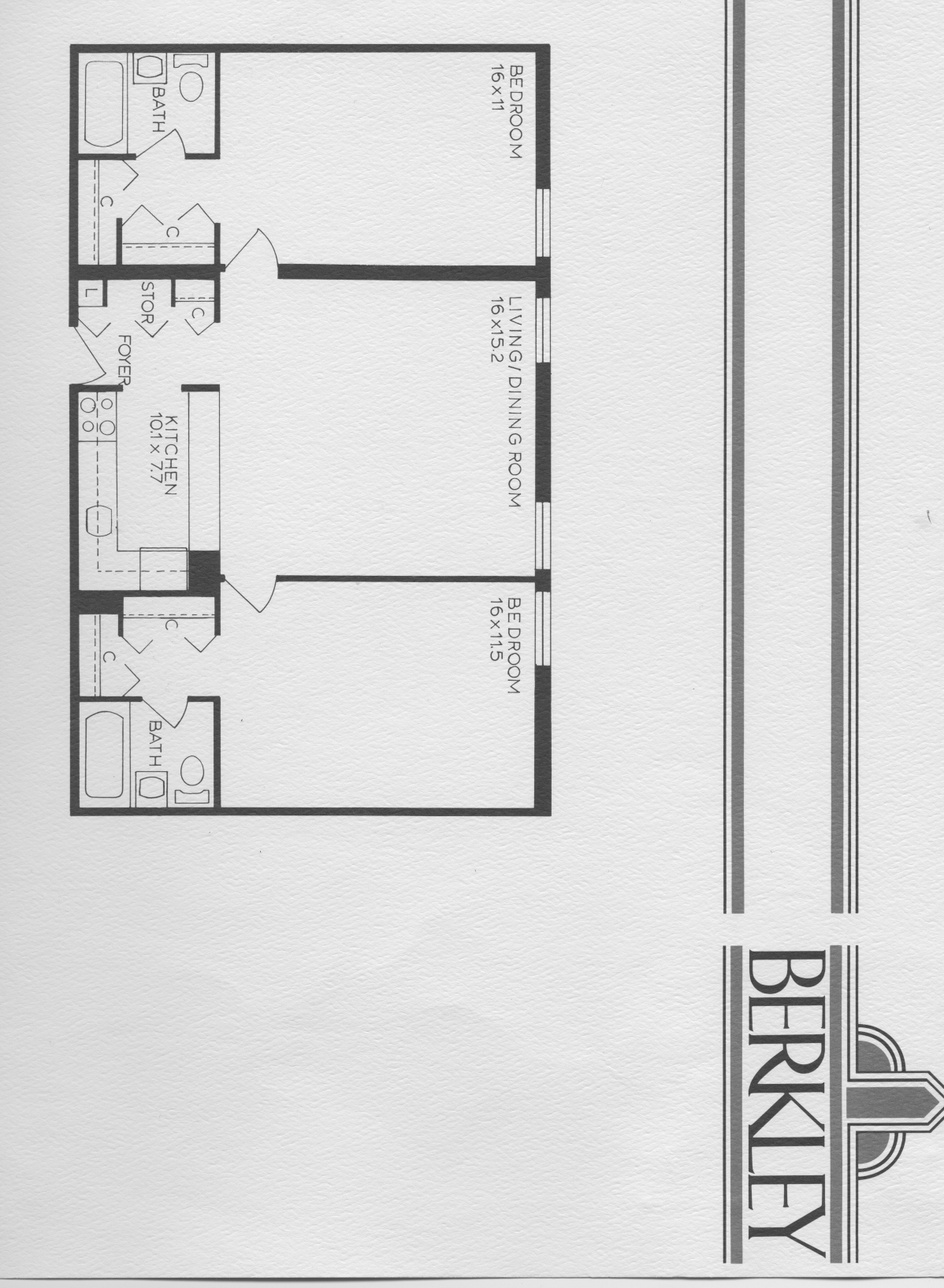
Unit diagram

Groundbreaking for Spellman House
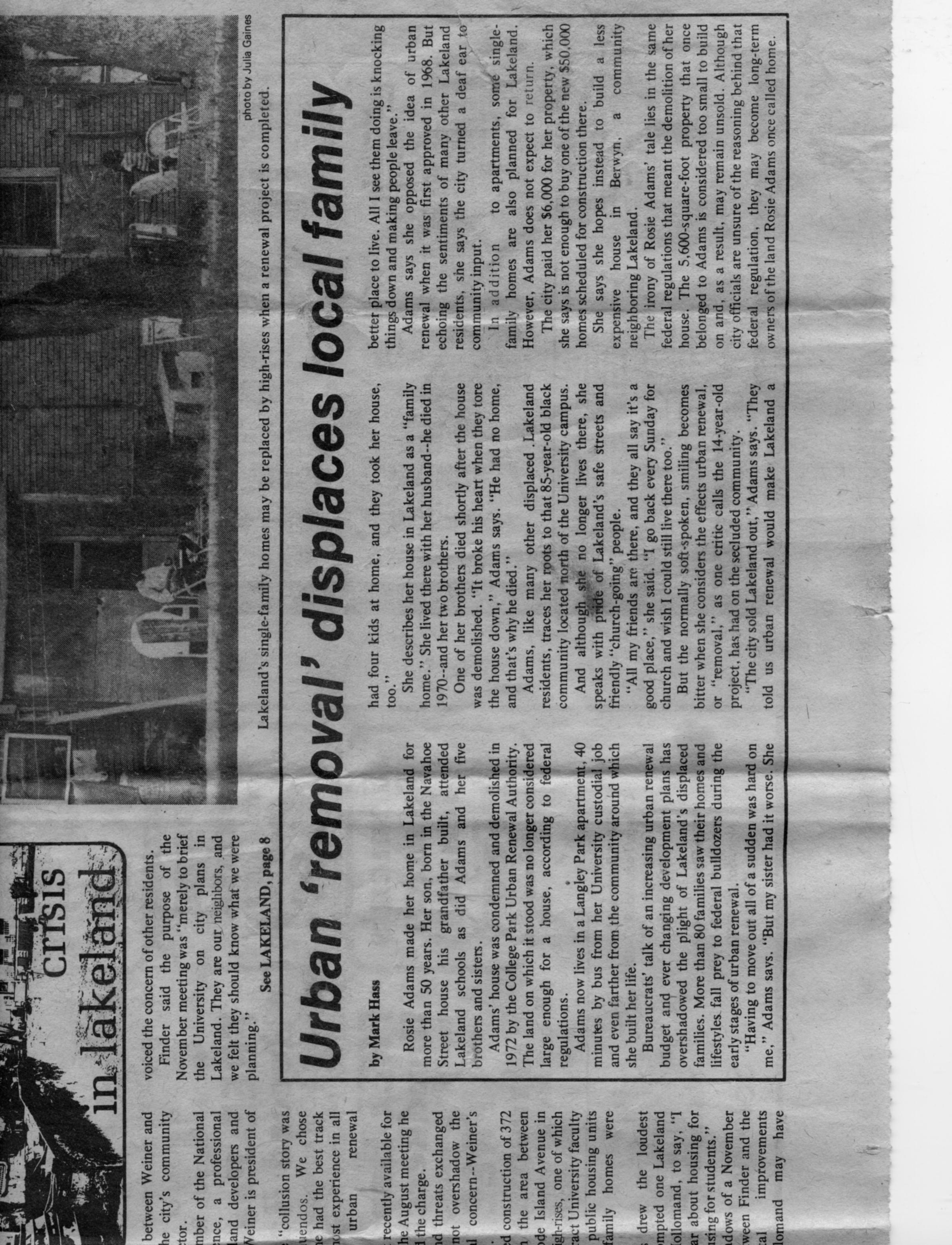
The Diamondback April 21, 1978 Page 1 by Mark Haas Crisis in Lakeland There was upset when Leon Weiner, a Wilmington developer was chosen to complete work on the Lakeland urban renewal project. Community members preferred a local builder. HIs plan would provide tow high rise buildings and only six single family homes. Community leaders felt there was collusion involved in the developer's selection. In answer Weiner threatened a slander suit. Residents were most displeased with the inclusion of two high rise buildings. This comes on the heals of a meeting between the city and University discussing the Lakeland plans. In 1974 the University offered a joint student development project in Lakeland. That proposal was publicly turned down. At that time the urban renewal plan called for apartment buildings on the east side of the railroad in Lakeland. City officials said community members would be able to relocate in the central conservation area and 30 building lots would be available there this year. Project Area Committee (PAC) spokesman Leonard Smith and other residents made known their desire to return to the original development plan with more single family homes. Smith said "Why should the community be forced to bear the weight of the money problems when we did nothing to cause it? Why should we be hurt by it?


After redevelopment as a public Natural Area

Urban Renewal Block 20 lot 19 4800 Navahoe Street, Block 16 lot 1 Morton & Phylis G. Frank, c/o Republic Savings and Loan Association

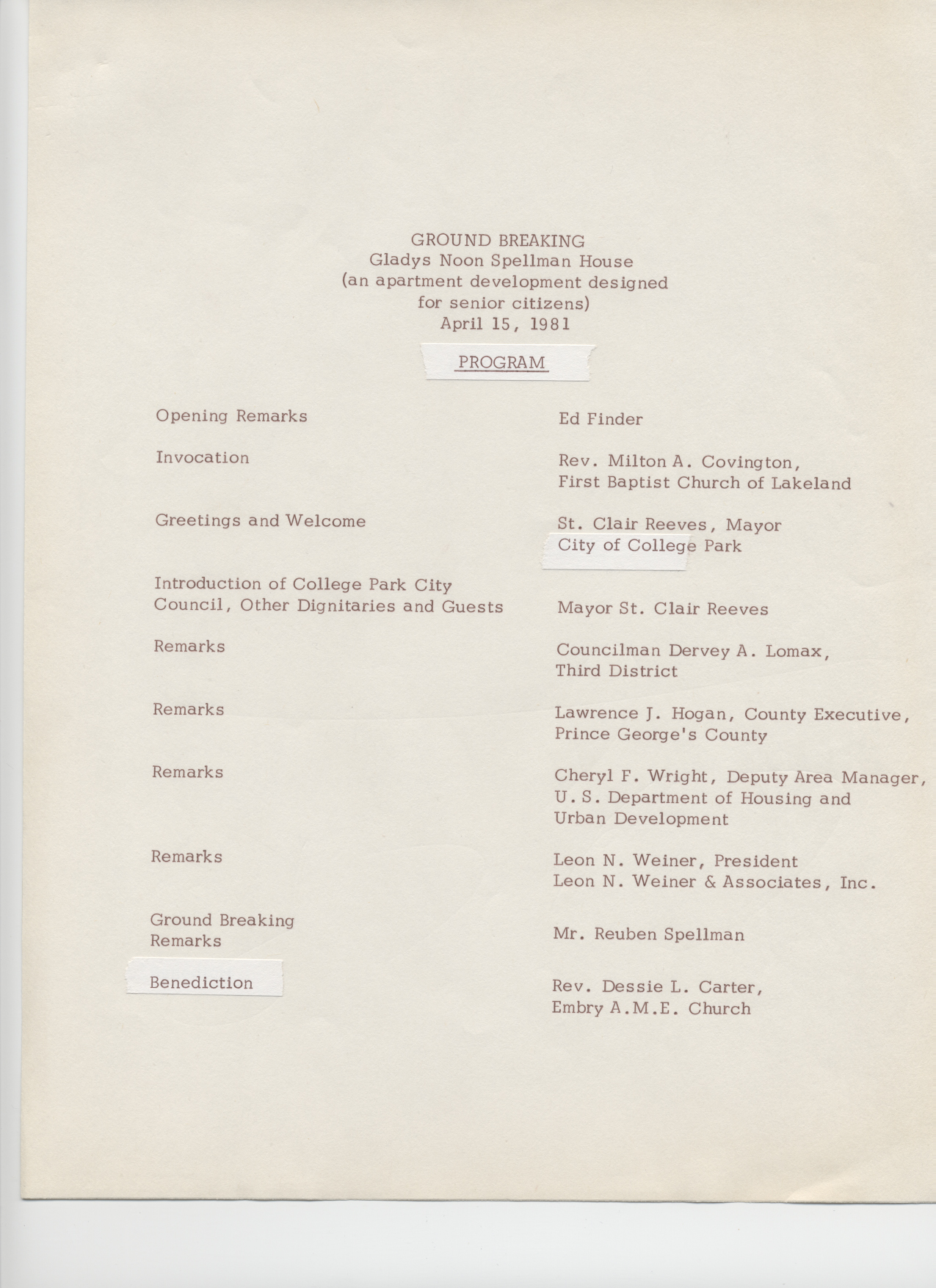
Ground Breaking for Spellman House Apartments erected as part of urban renewal project in Lakeland.
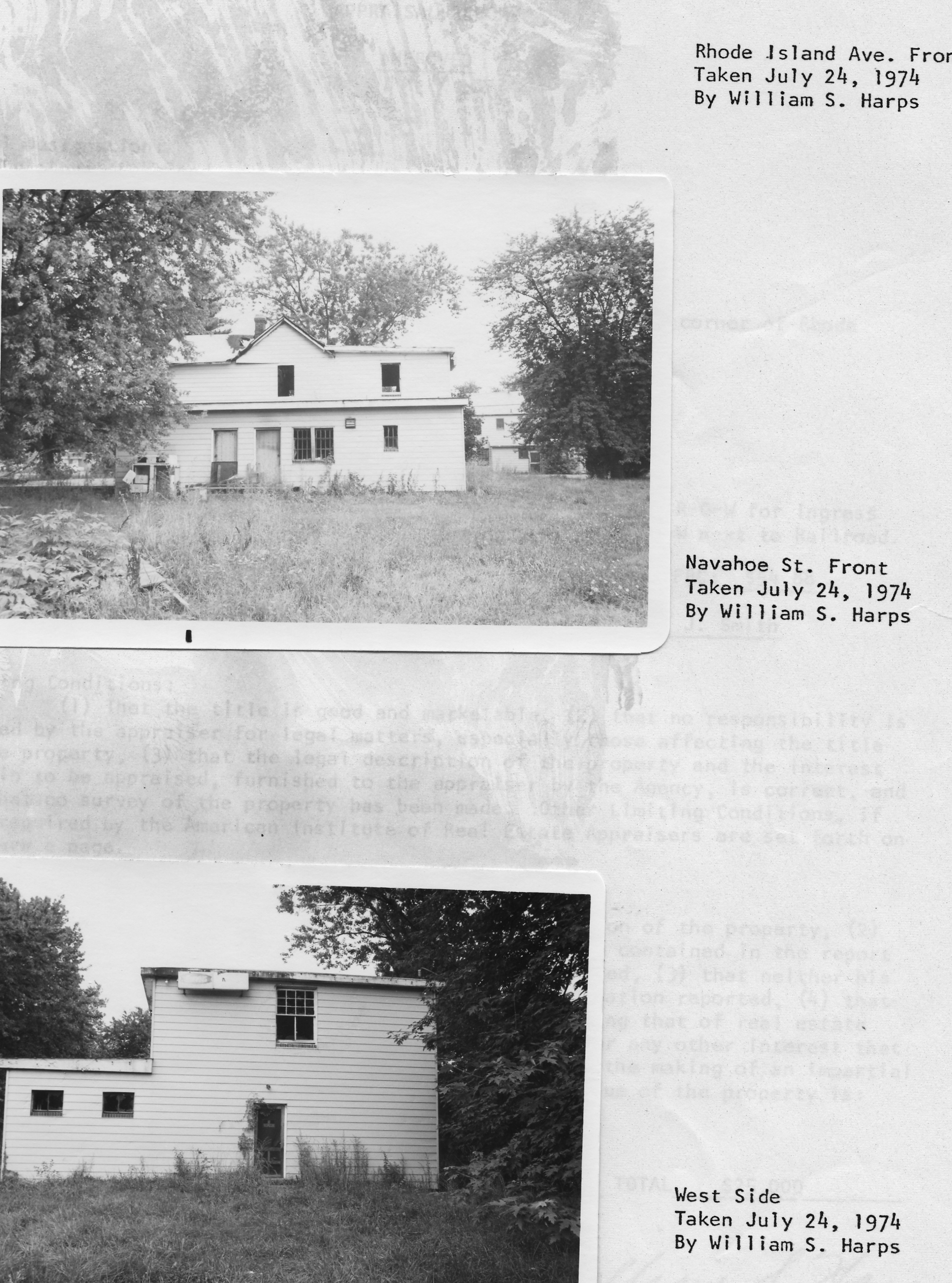

At the end of the urban renewal process, Lakeland had its first park. Developed along the south side of Lakeland Road, it includes a pavilion, basketball and tennis courts, and a playground. There are trail links to Lake Artemesia, the Paint Branch Trail, and Anacostia trails. On opening day, July 30, 1983, participants came from all parts of the community to celebrate, including members of St. Andrew Kim Catholic Church, which had purchased the historic building that once housed Lakeland High School. Members of the church’s performance group posed with other event participants. In the rear are, from left to right, State Delegate James Rosapepe, Mayor Alvin Kushner, College Park City Councilmembers Joseph Page and Anna Owens, and event organizers Thelma Lomax and Michael Middleton.
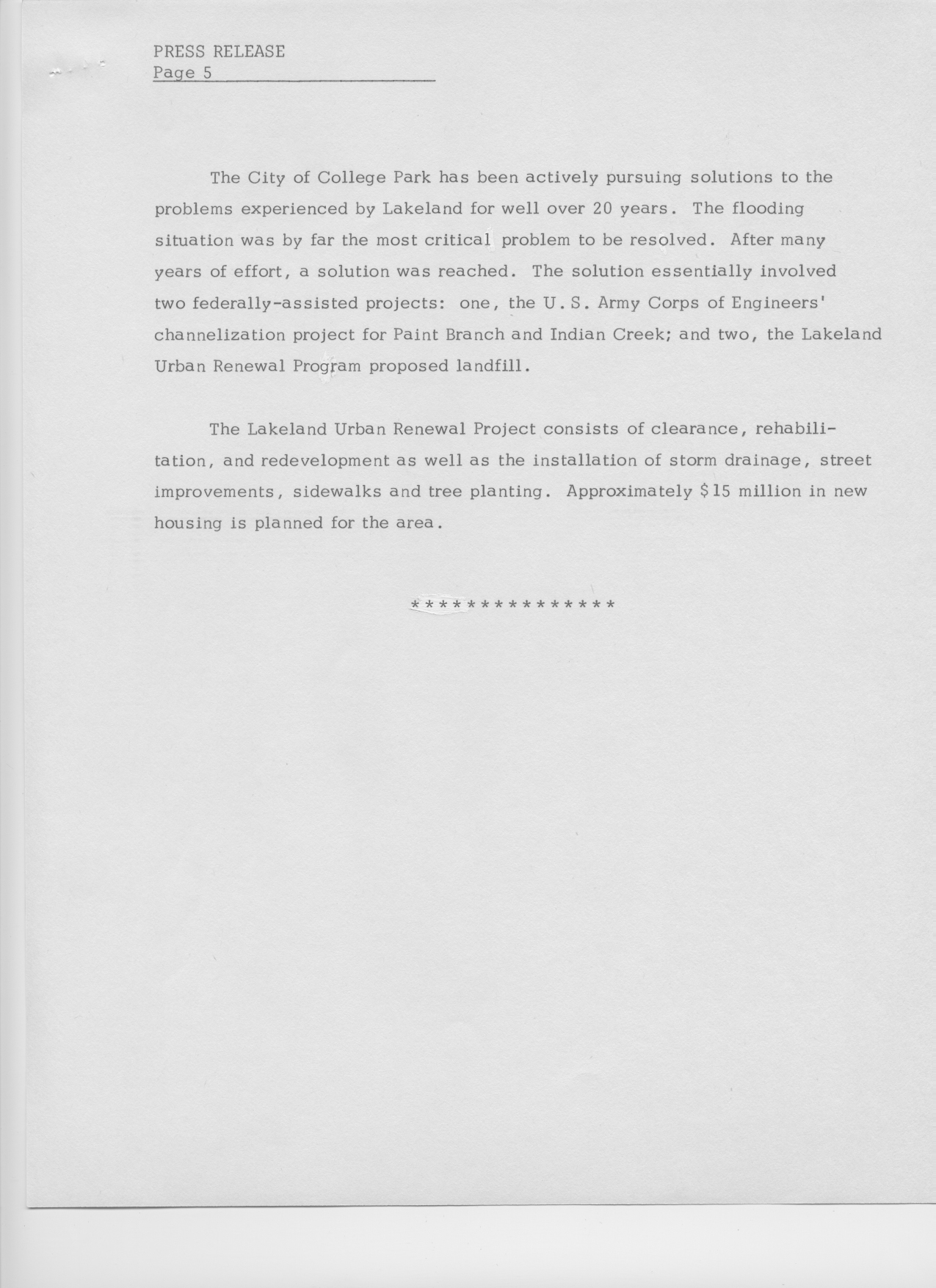
Page 5

Lake Artemesia Natural Area site of Lakeland East
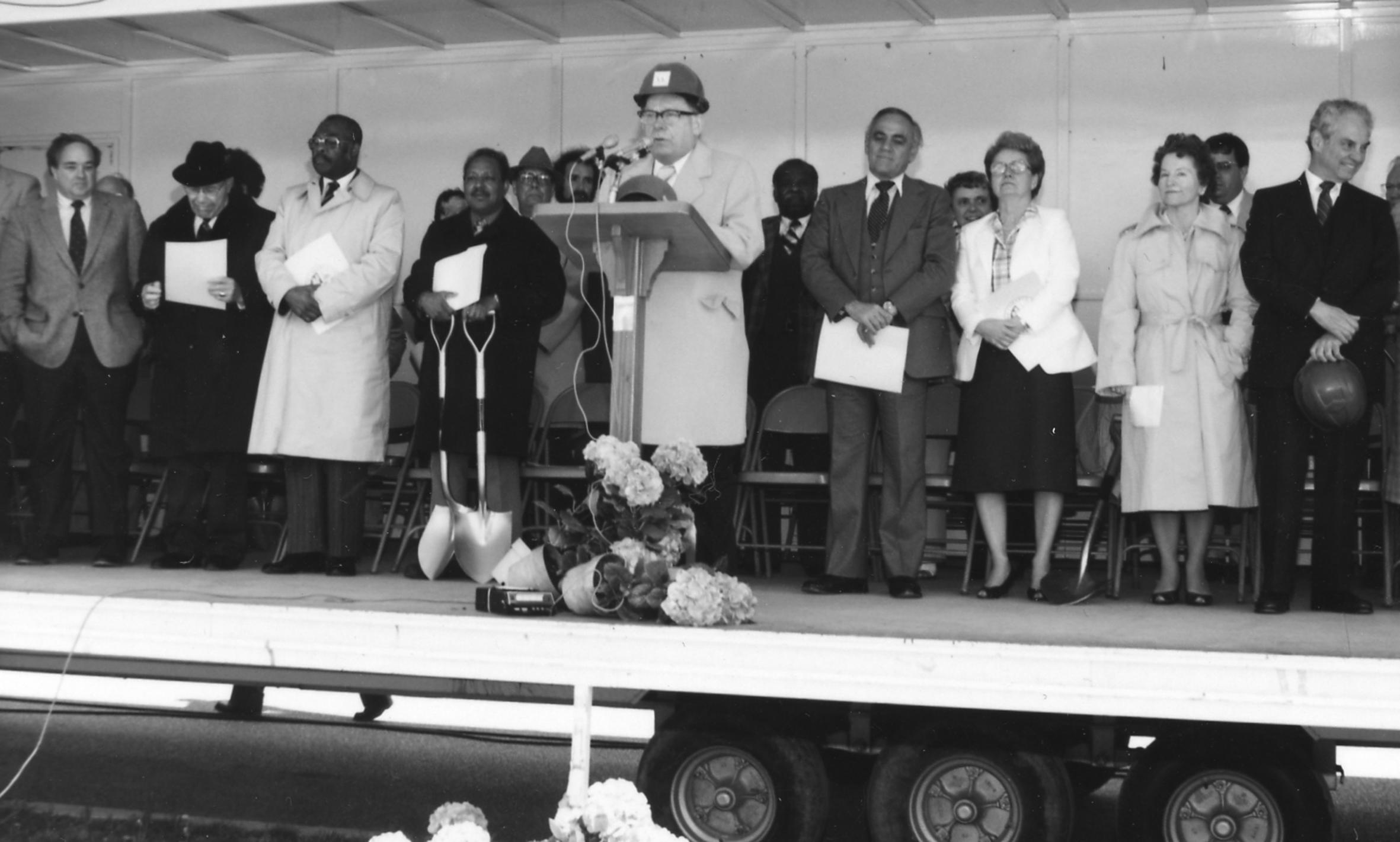
Dignitaries assembled for groundbreaking of Spellman House Apartments

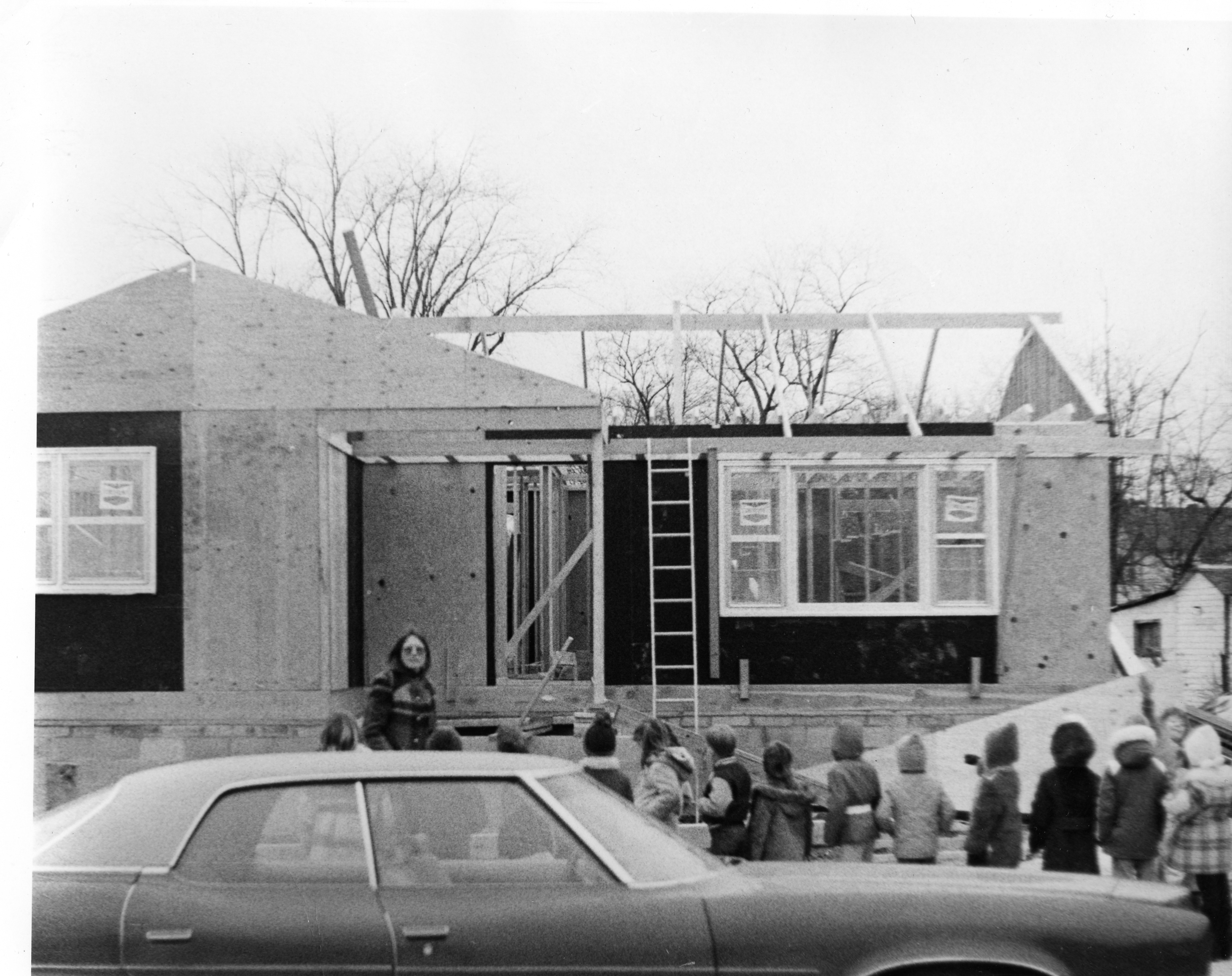
Home of Harold and Julia Pitts on Pierce Avenue. Home was built by Rev. Pitts as family relocated as they were required to leave their western Lakeland home during urban renewal. A teacher and school children from Paint Branch School across the street are shown as they view the worksite.

Unveiling of historic site signs in Lake Artemisia Natural Area

Ad proof from Prince Georges Journal newspaper for Berkley Townhomes
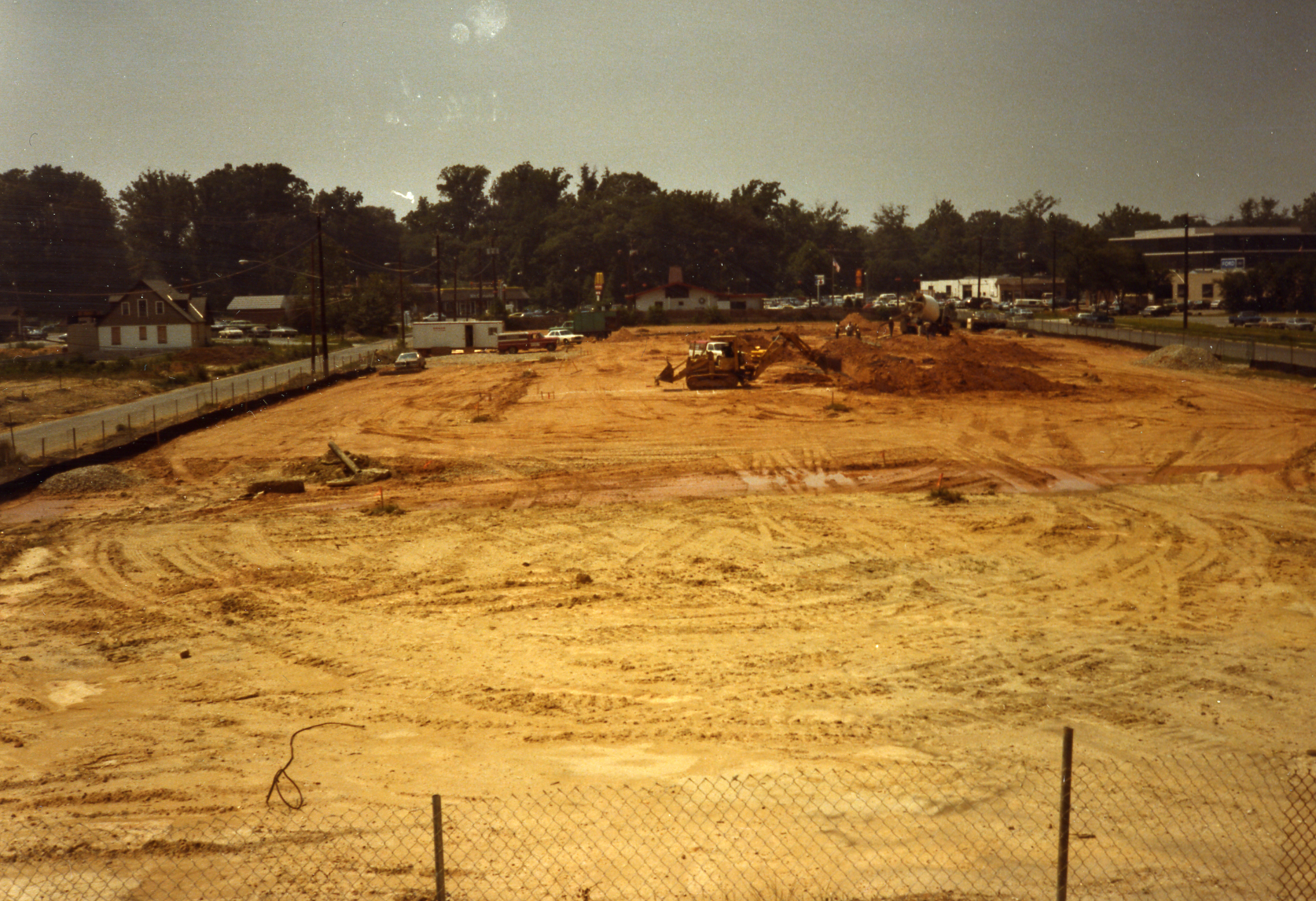
Expanse of Western Lakeland cleared for redevelopment

Building the new home of Harold and Julia Pitts in the Central, Conservation area. They had lived in the western section of Lakeland


48th Avenue Part of urban renewal redevelopment

The Diamondback April 21, 1978 Page 1 Portion of article by Mark Hass Rose Adams lived in Lakeland for more than 50 years. Her son was born in a house built by his grandfather on built on Navahoe Street. In 1972 that house was demolished by the City of College Park. Mrs. Adams has moved to an apartment in Langley Park a 40 minute ride from her job as a custodian on the University campus. The family's Lakeland house was a "family home." were she had lived with her husband and two brothers. One of them died soon after the house was demolished. Adams said "It broke his heart when they tore the house down'" "He had no home, and that's why he died." Mrs. Adams says she still has friends in Lakeland and goes there for church on Sundays. About the project she says "The city sold Lakeland out" "They told us urban renewal would make Lakeland a better place to live. All I see is knocking things down and making people leave." Mrs. Adams was paid $6,000 for her home. That was not enough to buy one of the $50,000 new homes planned to be built.

high-rise apartment building

Youth performers
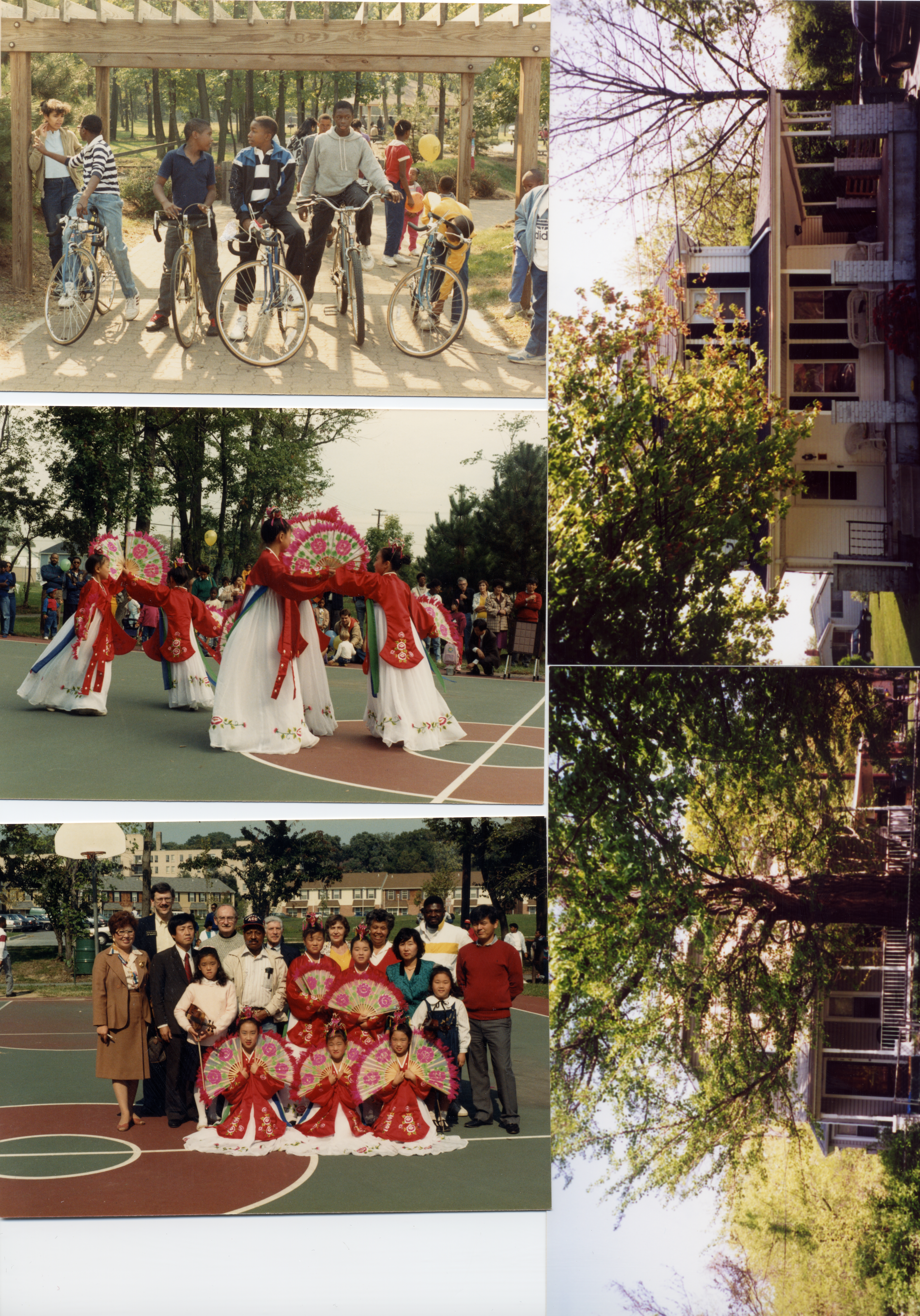
At the end of the urban renewal process, Lakeland had its first park. Developed along the south side of Lakeland Road, it includes a pavilion, basketball and tennis courts, and a playground. There are trail links to Lake Artemesia, the Paint Branch Trail, and Anacostia trails. On opening day, July 30, 1983, participants came from all parts of the community to celebrate, including members of St. Andrew Kim Catholic Church, which had purchased the historic building that once housed Lakeland High School. Members of the church’s performance group posed with other event participants. In the rear are, from left to right, State Delegate James Rosapepe, Mayor Alvin Kushner, College Park City Councilmembers Joseph Page and Anna Owens, and event organizers Thelma Lomax and Michael Middleton. Below, Rose Adams (left), Thomas Randall (center), and George Stewart (right) engaged in a game of horse shoes in the park. (Courtesy of Thelma Lomax.)
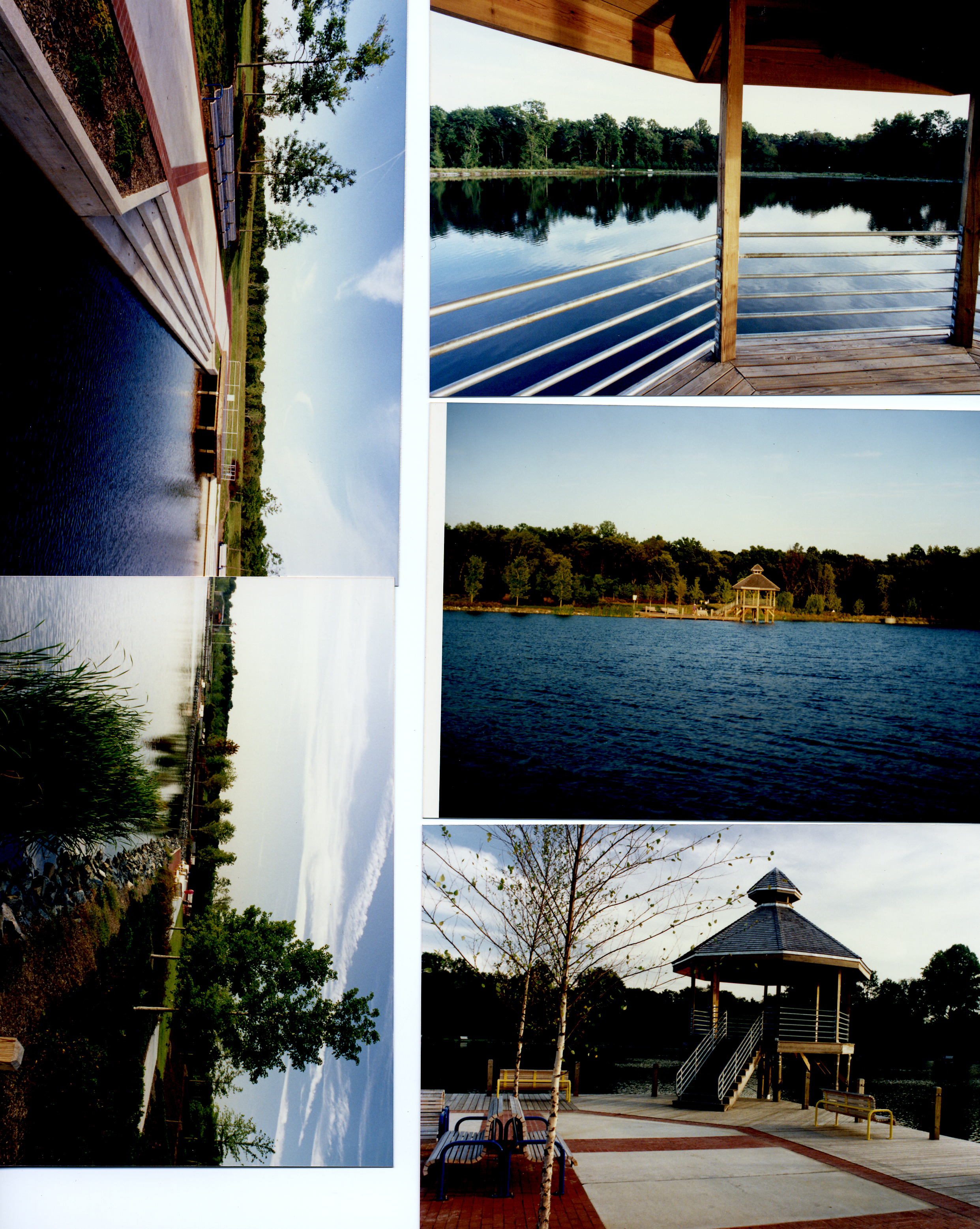
assorted images of Lake Artemisia Natural Area site of the eastern section of Lakeland